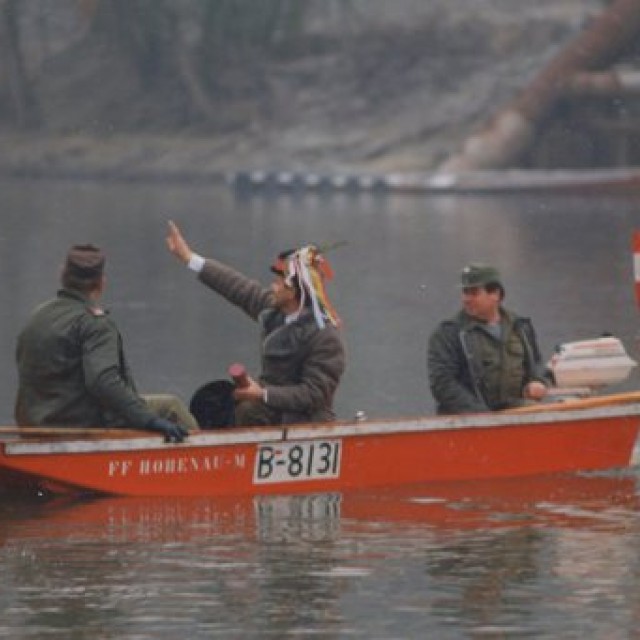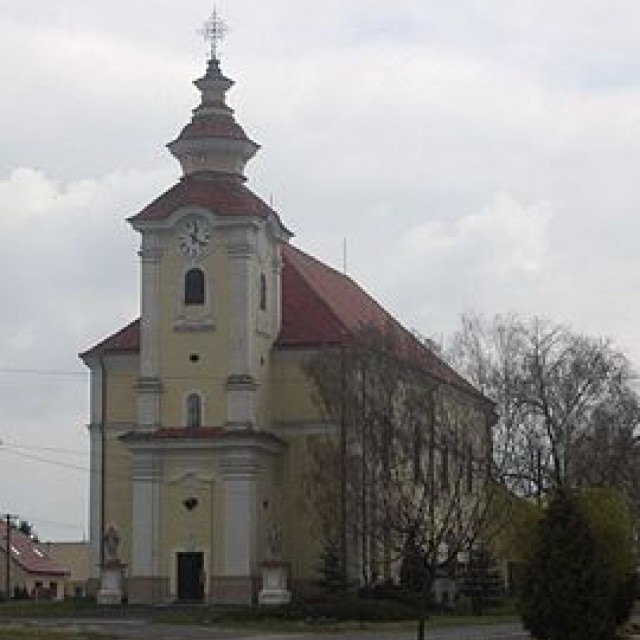Even though we had it within the grasp, we never saw it.
During the revolutionary period of the falling communist regime, there was an event, carried out near the village of Moravský Svätý Ján, called a March of Freedom. One of its main organizers was Jozef Chrena from Moravský Svätý Ján. Organizing of this march required the arranging of various necessary permissions at offices within the district as well as in the Slovakia’s capital – Bratislava. Chrena, along with other three friends, went to Hohenau, (village on the Austrian side of the border), and agreed on some details of the event with the mayor of this village. Although the march was supposed to take place in Christmas time, because of the outrage of the garrison forces headquarters in Moravský Svätý Ján, it had to be postponed to a different date. Finally the march took place on Saturday, December 30, 1989 and on the Slovak side it was attended by app. 15,000 people. This mass of people was in a long procession marching about 5 km from the village Moravský Svätý Ján towards the Morava River, which forms the state border with Austria in this area. Even though majority of these people lived very close to this river, because of the prohibited border zone, many of them saw it for the first time. “We were curious how this river looked like. Even though we had it within the grasp, we never saw it. People carried few banners saying: “Moravský Svätý Ján grüsst Hohenau,” "We shall bridge the Europe,” and “We want a bridge Moravský Ján – Hohenau,” he recalled. The organizers of march arranged with the Hohenau’s mayor that app. at noon the citizens of both sides of Morava would meet by the river. Although in 1989 there was a bridge missing in this area of the river, and the march participants couldn't physically meet, the atmosphere was very cordial. A brass band played music on both sides and some Austrians even sailed on fireman boats to the Slovak side. Here the girls and boys in the folk costumes festively treated them with bread and salt, and with slivovitz, (plum vodka). The Austrians brought some little presents and southern fruit to Slovak children, assuming it was unknown in Slovakia. Another display of desire to restore mutual relationships with the Austrian neighbors was an effort to rebuild the bridge over Morava, and Jozef Chrena was engaged in this process again.
Hodnocení
Hodnotilo 0 lidí
Routes
Not a part of any route.
Comments
No comments yet.





